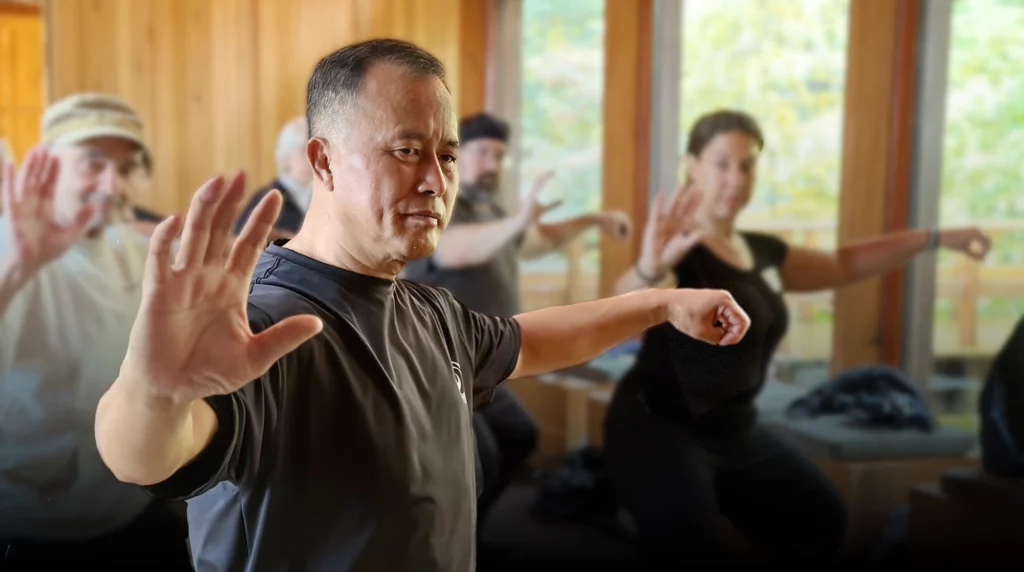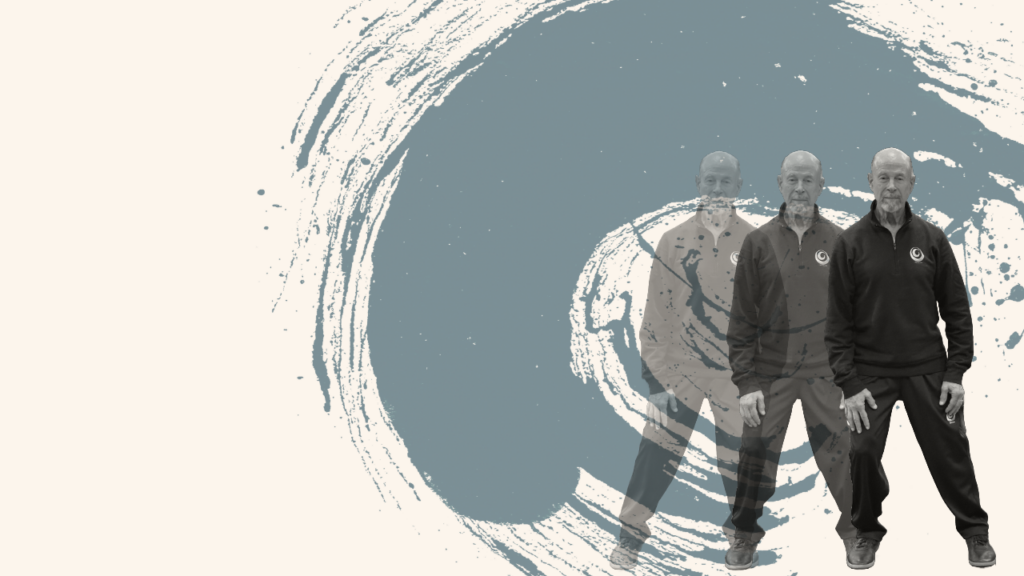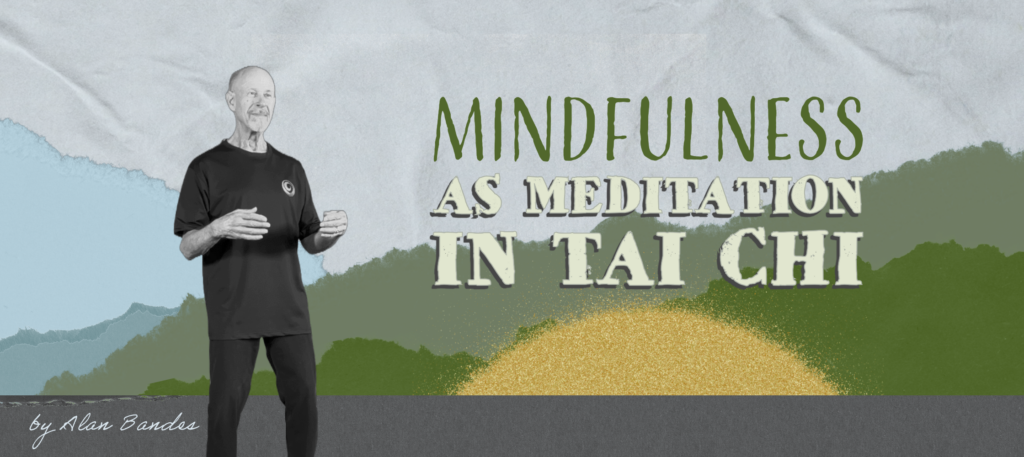Transitions in Tai Chi

The concept of transitions in learning
The study of Tai Chi reminds me of the old analogy of peeling an onion. As a beginner learns a form, it’s an external exercise in which the student tries to copy the instructor and remember sequences. With continued practice and instruction more details become evident and the movements begin to become smoother and connected, they start to become internalized. As the Tai Chi journey continues, insights regarding the nuances of movement become revealed. The longer one studies, the deeper the concepts sink in providing a greater feeling of the connection between external and internal movements, the awareness of the subtleties of physical movement, along with the development of mindful mental acuity. This leads to insightful cognition of being able to, “listen to your body” and, “listen in all directions”. Unlike peeling an onion, there is no actual end as the study of Tai Chi continues to reveal more and more.
The Tai Chi symbol and how it relates to Tai Chi study and the concept of transitions
Before we start, it should be understood that the study of the Tai Chi symbol can become extremely complex as it relates to life forces, philosophy, Traditional Chinese Medicine (TCM) and more. For purposes of simplicity this discussion is limited to the concepts of movement as it relates to the practice of Tai Chi.
The Tai Chi symbol has clues about transition that can help understand, among other things, the concept of “smooth and continuous”. If we look at the traditional symbol, we see a circle representing completeness, or totality, a never-ending circle of motion. It demonstrates the connection between yin (dark) and yang (light). They are unified as one, a continuous shifting of movement of opposites. Upon closer examination, we can observe more nuances revealing some intriguing insights relating to the concept of transitions.
Looking at the larger components of the yang (light) and the yin (dark), we see that each connects to the smaller (thin) part of their opposites. This, in a general sense, explains a continuum of movement. So, when we practice a form, we are continually transitioning from yin to yang. As each movement leads to the next, there is a connection of a transition from side to side, shifting of weight, up and down, forward and backward, sinking and uplifting, light and heavy just to name a few. We can observe where one component of the symbol is large, strong, advancing; the other is small, accepting, yielding. As we move, we are constantly adjusting to this transition. There is a balance to our movements. Just as in the Tai Chi symbol one component needs the other to form a unified motion.
So, how does this lead to a more complete study of our forms? We need to dig a bit deeper.
We are often told to move slowly with intent, purpose. As it often happens with beginners and intermediate-level students, detail can be lost. In some instances, there is a tendency to speed up which can lead to the omission of a move, or sloppy movement where detail is lost. The opposite also can occur. Extremely slow movement can lead to a state of mind where the student becomes so involved with the feeling, their mind begins to drift to a point where they forget where they are in the form and become confused. So, as we look at the Tai Chi symbol, we are reminded that there is a balance of movement as it relates to our mind-body connection. We need to be alert. Being mindful is an important component to our practice.
Every movement has a beginning, middle, and end.
If we consider this in our practice, we can become more definitive in terms of the detail of each movement, each step, each section as it relates to the totality of a form. However, there is a pitfall here. If we work on giving each movement a beginning, middle, and end, we might omit another important detail that leads us to smooth and continuous form movement. Reviewing the Tai Chi symbol above, where do you find a beginning and an end? Is there a hard stop at the end? Where and how does a beginning occur?
Looking at this symbol, we see a dark spot in the light and a light spot in the dark. So, wherever yin or yang exists, there is also a little of the opposite in each. When we start a form, we want to start in a state of Wuji, loosely defined here as nothingness, that occurs before we begin. As with the symbol, “nothing” does have something and that something transforms us from quiet, empty, still into motion.
There are only transitions
Refer to the Tai Chi symbol once more and observe where the large part of the dark, yin component melds with the small section of the light, yang component. You will note a subtle overlap. The stronger melds with the lighter. This also occurs on the other side of the symbol where the large part of the light melds with the dark yin component. So, in essence, there is no actual beginning and no actual end, there are only transitions. Our beginning starts with a focus on the lower dantian creating a subtle sinking, which leads to movement. When we complete one part of this movement, we don’t just stop to begin the next motion, we start to transition into the next, and the next, which leads eventually to a state of alertness, a flow of Chi or qi, a sense of balance and a continuous feeling of smooth and continuous, graceful motion.
About the author
Alan Bandes has been teaching Chen Style Tai Chi for over 2 decades while studying under Master Ren Guangyi. He teaches in-person, and as an instructor for Chi Force Community where he offers live-streamed classes. His Chi Force courses are Awaken the Legs, Tai Chi & Qigong Fundamentals, Standing Mountain Qigong, and Tai Chi Silk Reeling Qigong.








Responses